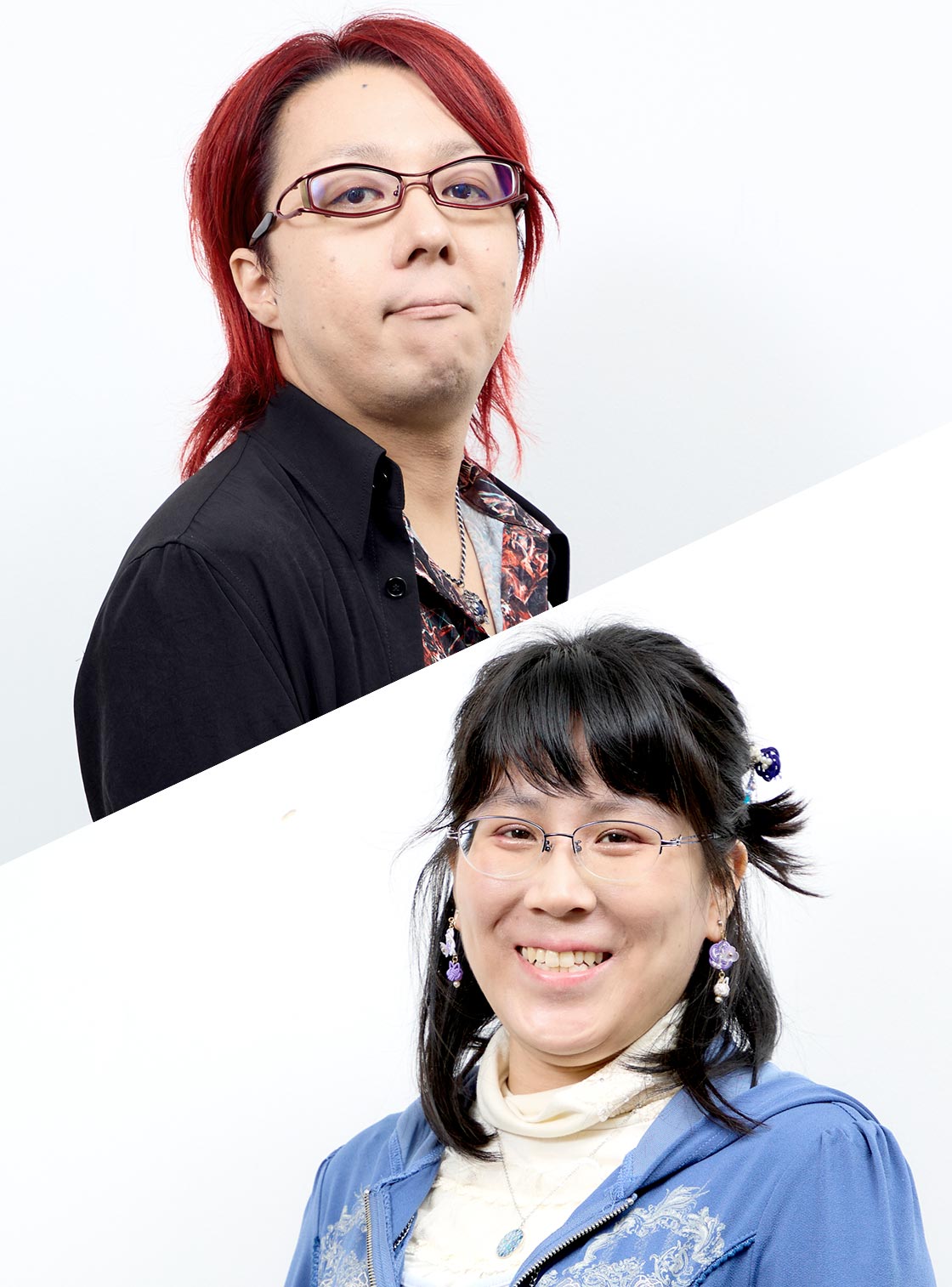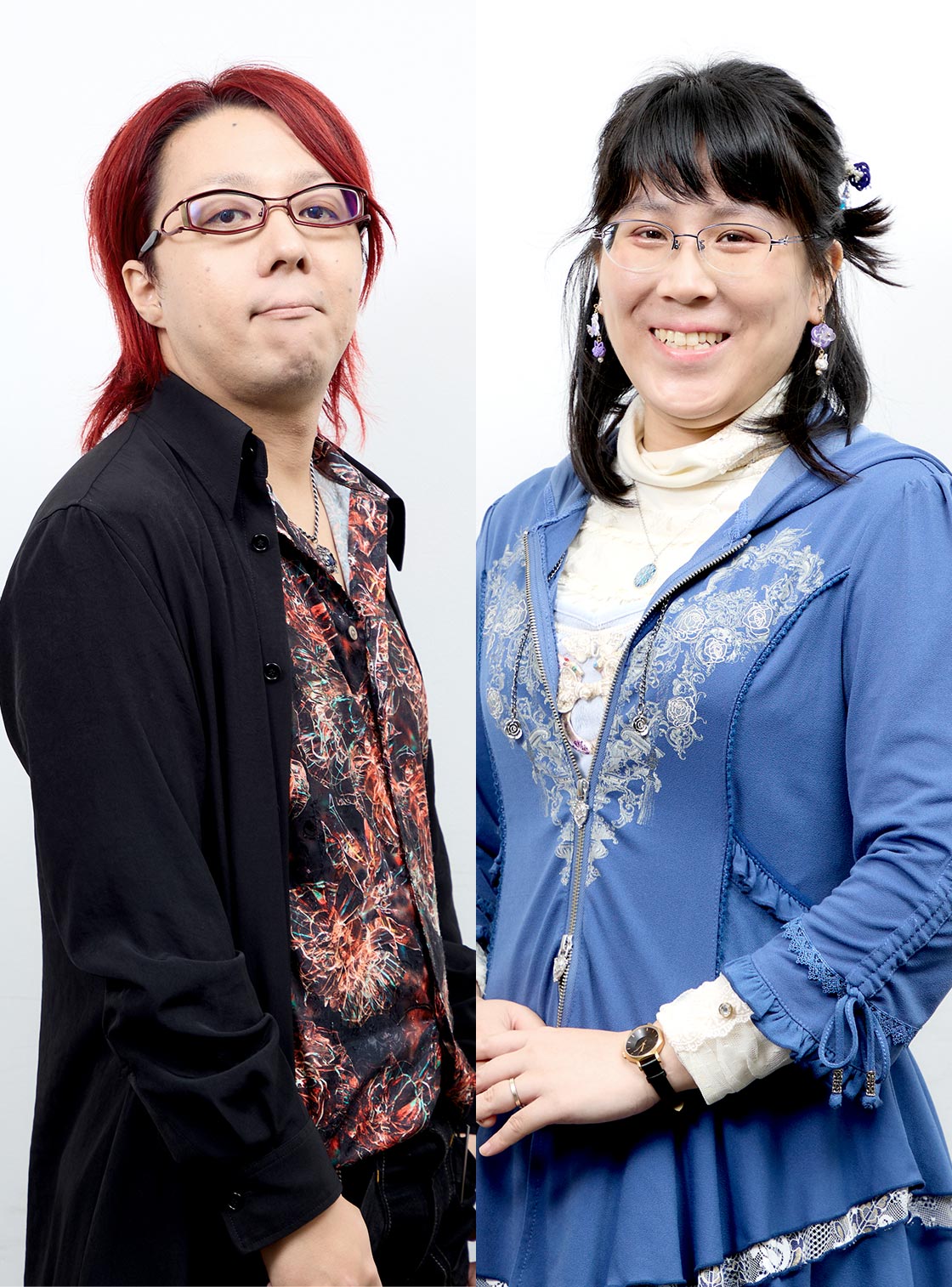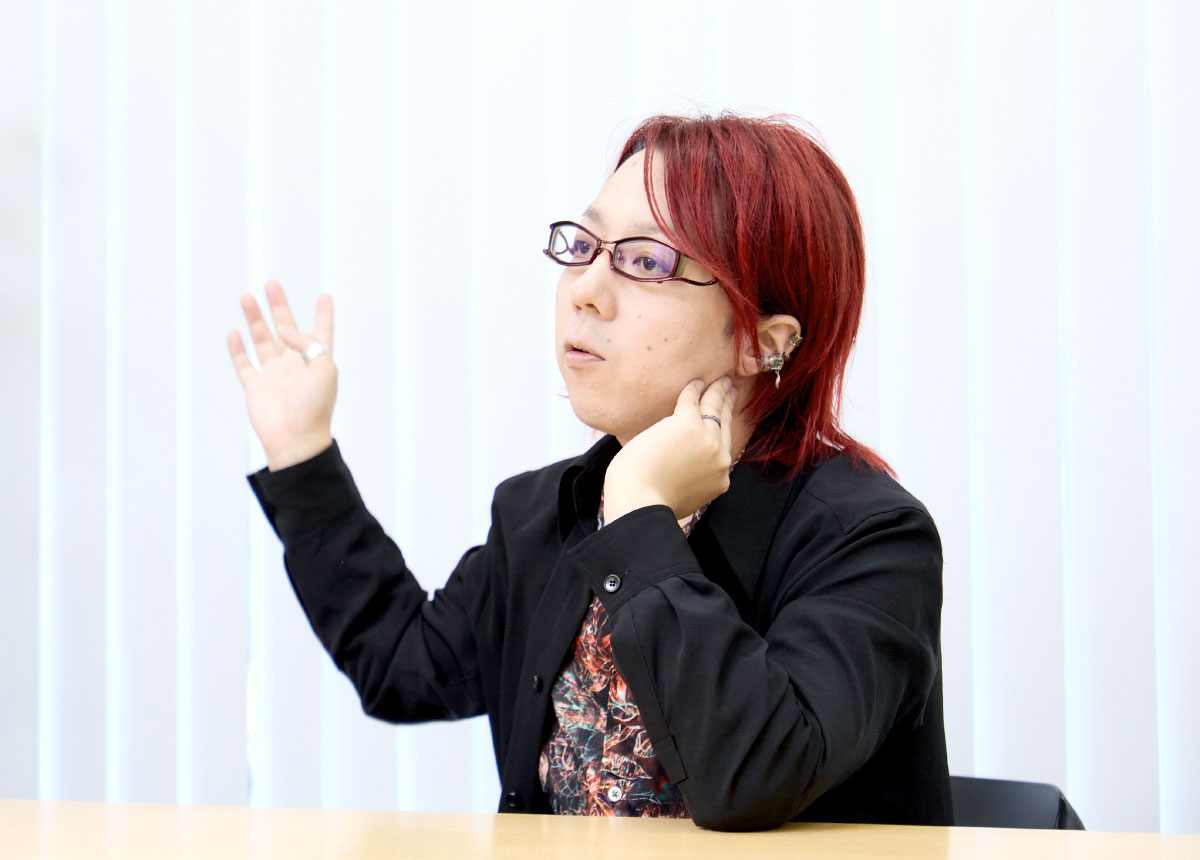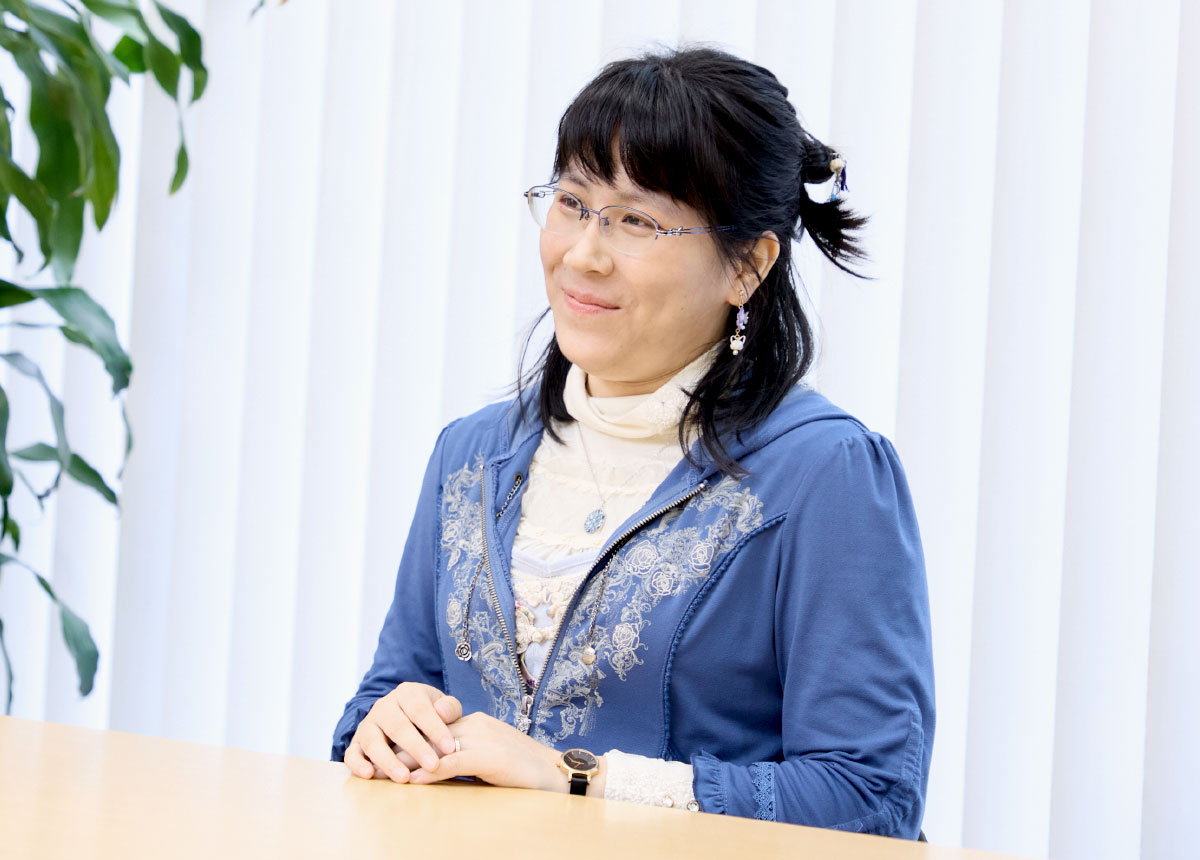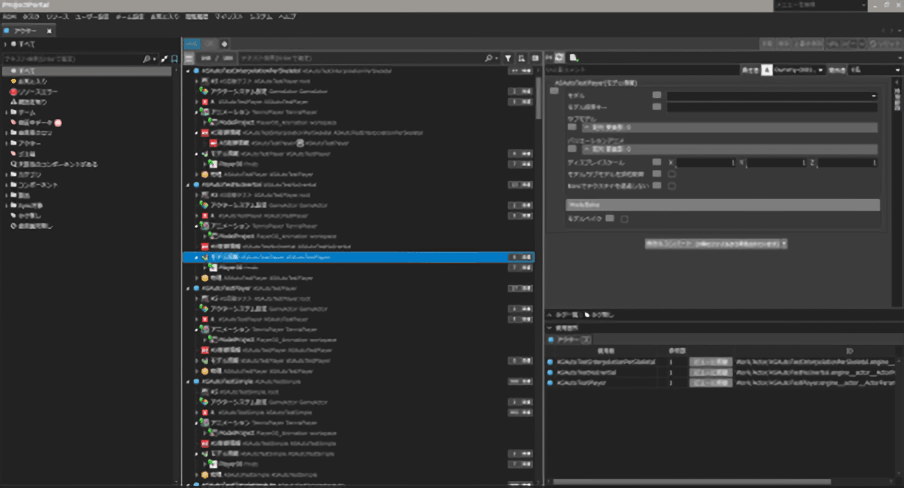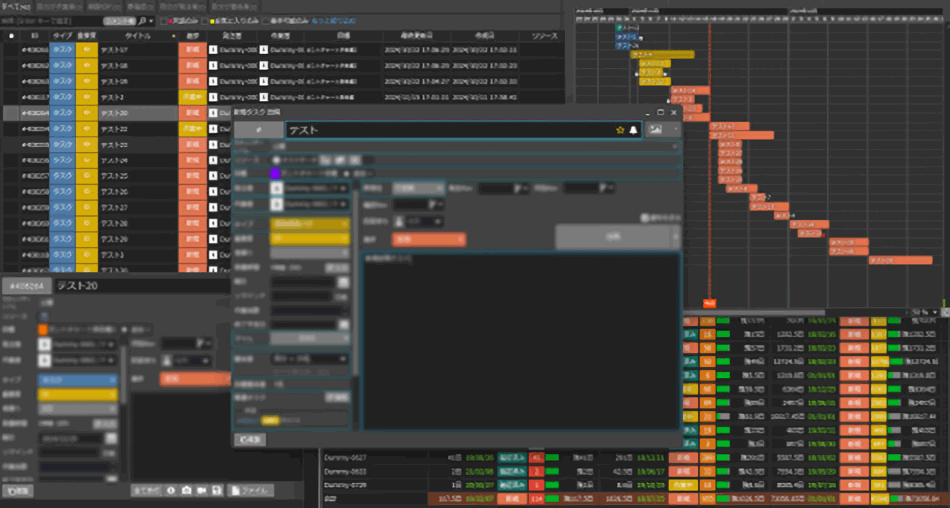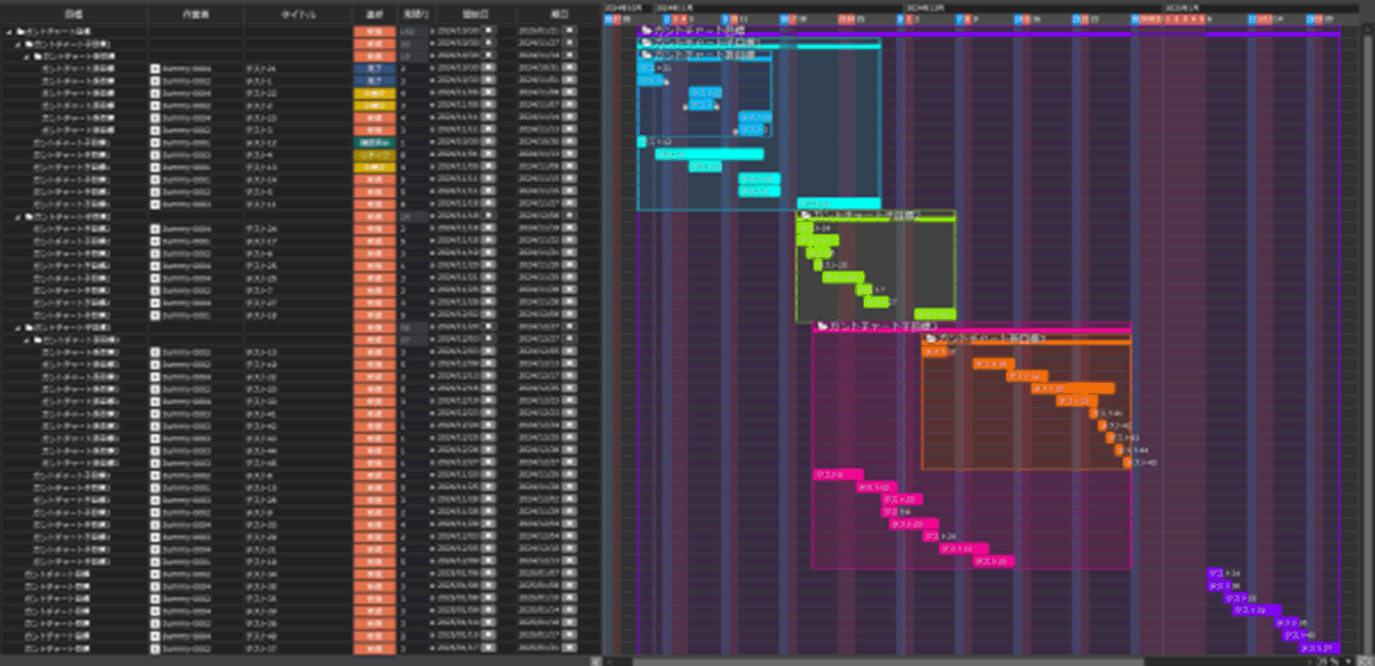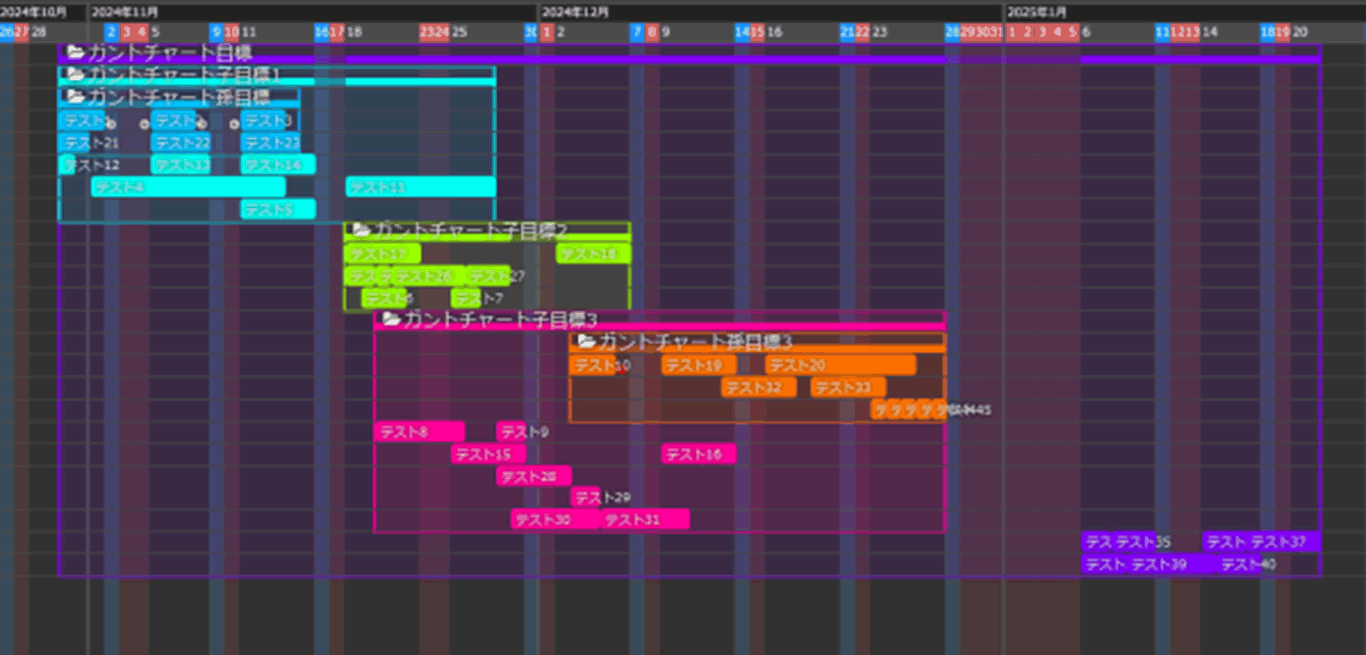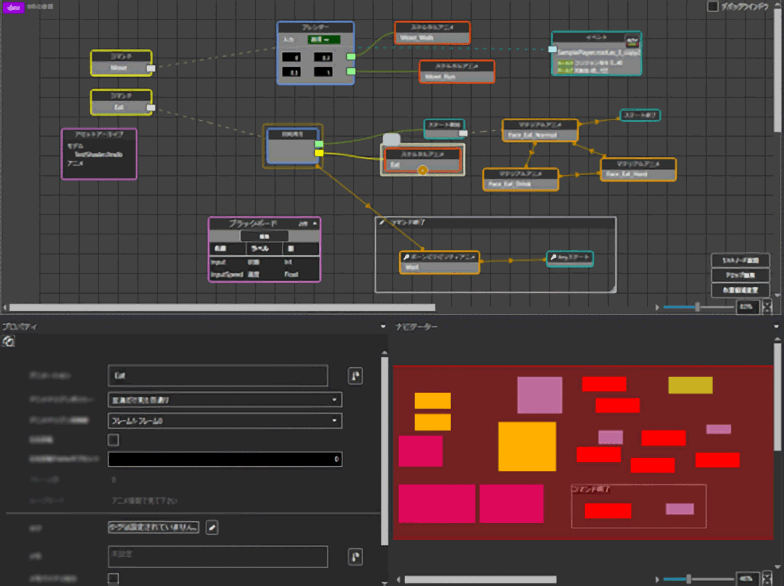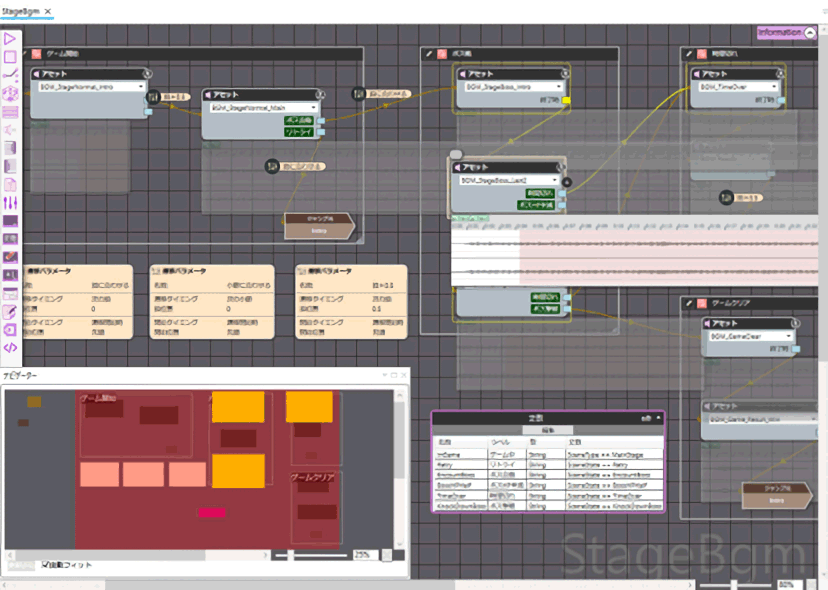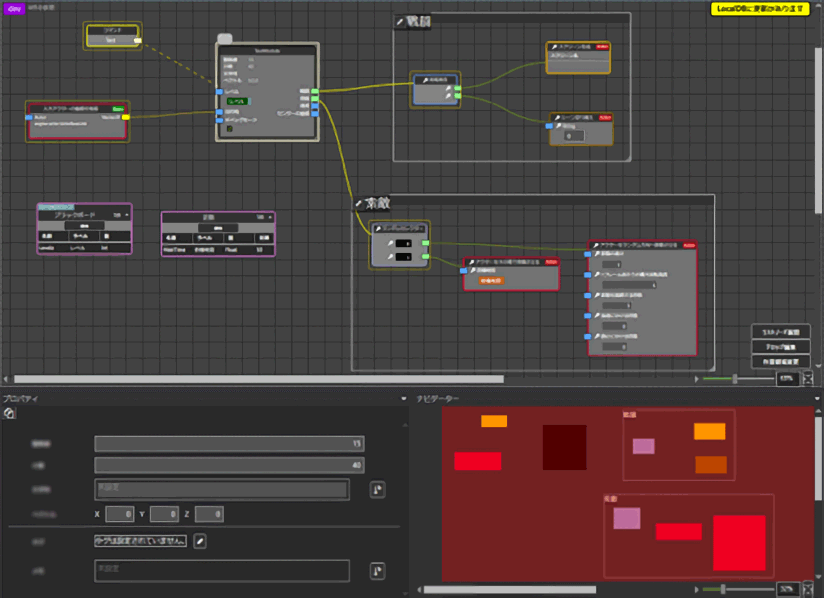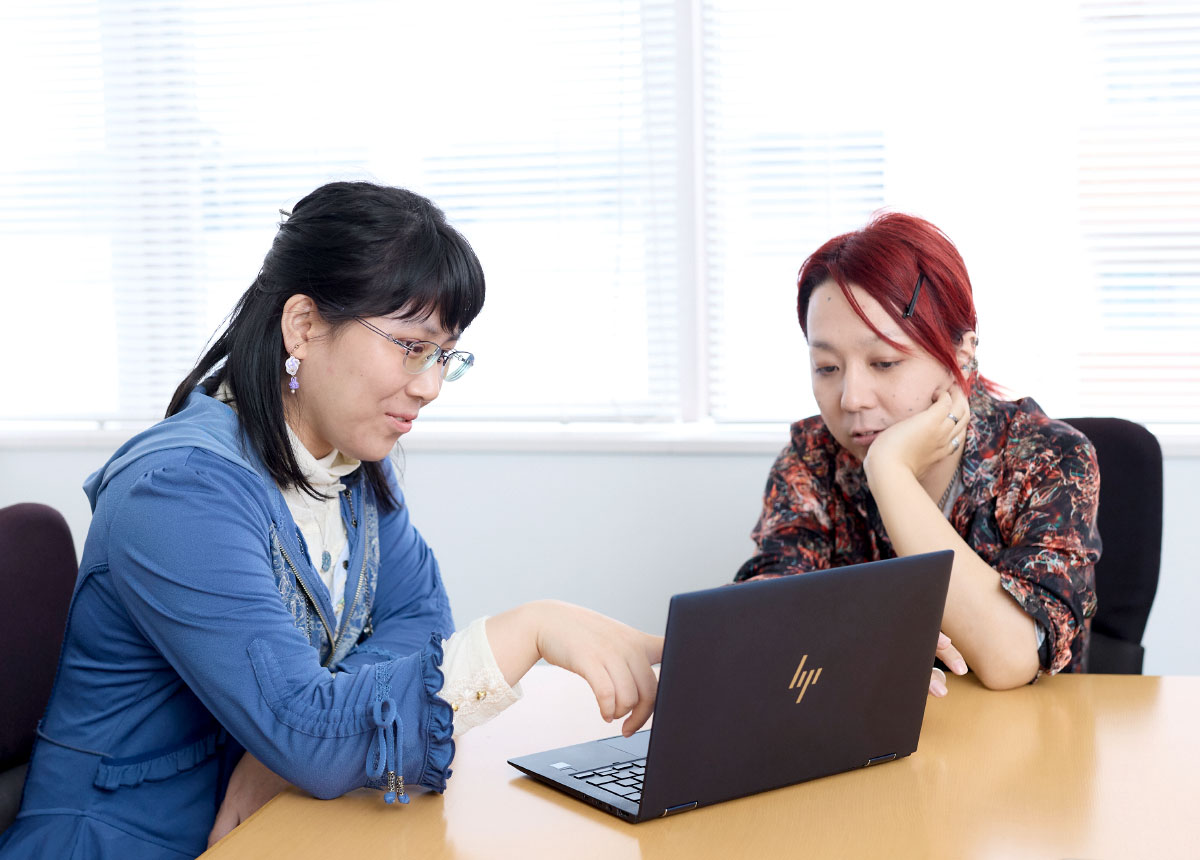Q. What kind of tool is ProjectPortal?
K.K.
As N.F. mentioned, ProjectPortal was featured in detail during Nintendo's CEDEC2024 session titled "Know, Create, Connect: Development Environment and Sound Production Case Study Rebuilt for 'The Legend of Zelda: Tears of the Kingdom'".
As presented in the session, in Nintendo’s game development, a component-oriented development environment* is primarily adopted, instead of an all-in-one game engine allowing for more freedom in the development process.
When adopting a component-oriented approach, you often face the trade-off between high flexibility and a decrease in usability, particularly due to weaker integration between tools. This drawback needs to be addressed, as improving usability usually comes with significant costs.

